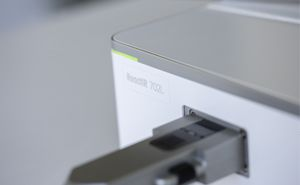Chemical synthesis describes the physico-chemical transformation that occurs when two or more simpler molecules combine in a controlled fashion to produce a more complex chemical product. Often chemical synthesis is far more complex than A+B = C, and mixtures can occur containing product(s) and by-products.
Chemical synthesis is employed in the development of all commercially important products in pharmaceutical, polymer, fine and bulk chemical industries. The success of a chemical synthesis, which is defined as producing the target molecule with the correct economies and quality, is related to a efficient use of reactants and reagent via a thorough understanding and control of reaction variables.




























